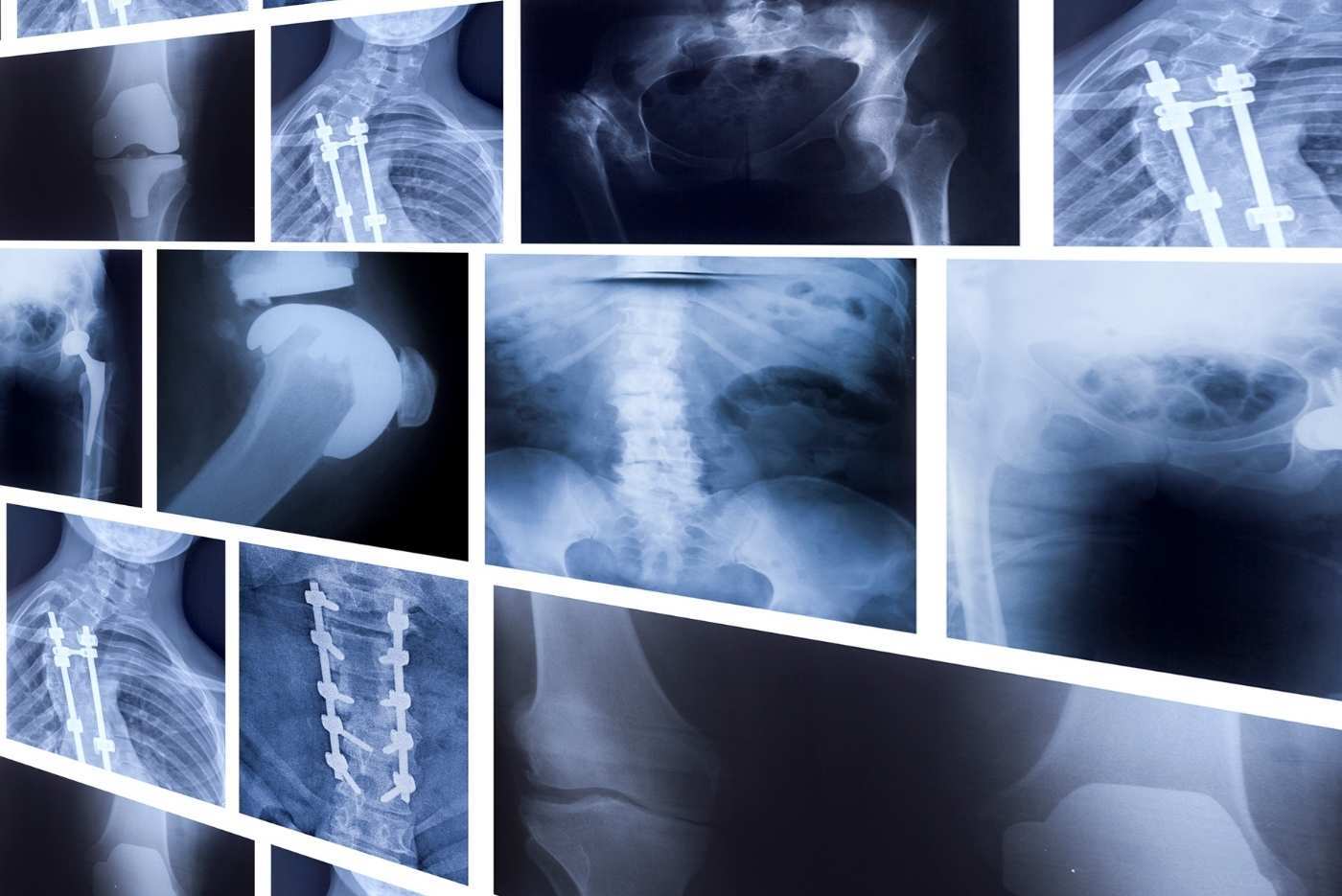How Should You Document Injuries and Damages?

Plaintiffs in a personal injury lawsuit have the burden of proving their case to the other side. In order to prove their case, they have to be able to show that they suffered injuries (either physical or psychological) because of someone else’s negligence. As a result, documenting injuries is an important step plaintiffs must take in a personal injury lawsuit.
One way plaintiffs can document their injuries can be as simple as taking pictures. The saying “a picture is worth a thousand words” applies to personal injury cases. If a plaintiff suffers physical injuries, it is best to take pictures once they are able to. Plaintiffs are often dealing with bruises, stitches or bleeding that heal by the time the lawsuit has started. Pictures can help show the other side what the plaintiff was dealing with, and the severity of the injuries, at the time the incident took place. Not only are pictures helpful in showing injuries to the opposing party, but they also get used in court to show the judge and/or jury the seriousness of the injury.
Taking pictures is not limited to physical injuries. Pictures can help when plaintiffs are trying to show the defendant was negligent as well. For example, if a person slips and falls on ice, taking a picture of the ice that they fell on would be helpful to the case. By the time the injured party reports the injury, the ice has typically melted and a crucial piece of evidence is gone. This makes the case against the at-fault party much harder to prove.
Another way plaintiffs can document their injuries is through medical professionals. Healthcare providers are required to keep records of visits. They write down their observations and topics discussed during visits. This does not only apply to visits with family physicians, but to various healthcare providers such as social workers, occupational therapists, and physiotherapists to name a few. In a personal injury lawsuit, plaintiffs have to produce relevant documents to the other side. Records from healthcare providers are considered relevant and are helpful in showing the other party the documented injuries, as well as the opinions of the providers on those injuries. Therefore, it is important to be forthright and not downplay your injuries when speaking with your family physician or treatment team.
Injured parties that will start a personal injury lawsuit should try to document their injuries early on if possible. The opposing party is not going to take a plaintiff’s word for it when they say they are badly injured. Proving your case in a personal injury lawsuit requires appropriate documentation – photographs and healthcare records are a great start.
